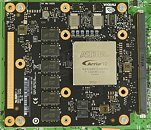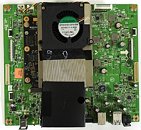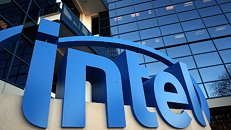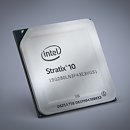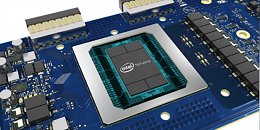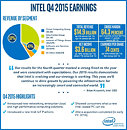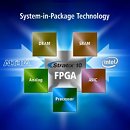Altera Starts Production Shipments of Agilex 7 FPGA M-Series
Altera Corporation, a leader in FPGA innovations, today announced production shipments of its Agilex 7 FPGA M-Series, the industry's first high-end, high-density FPGA to feature integrated high bandwidth memory and support for DDR5 and LPDDR5 memory technologies. Offering over 3.8 million logic elements, Agilex 7 FPGA M-Series is optimized for applications that demand the highest performance and highest memory bandwidth, including AI, data centers, next-generation firewalls, 5G communications infrastructure and 8K broadcast equipment.
As data traffic continues to increase exponentially due to the growth of AI, cloud computing and video streaming services, the demand for higher memory bandwidth, increased capacity, and improved power efficiency has never been greater. Agilex 7 FPGA M-Series addresses these challenges by offering users high logic densities, a high-performance fabric and a memory interface that accelerates data throughput speeds while reducing memory bottlenecks and latency.
As data traffic continues to increase exponentially due to the growth of AI, cloud computing and video streaming services, the demand for higher memory bandwidth, increased capacity, and improved power efficiency has never been greater. Agilex 7 FPGA M-Series addresses these challenges by offering users high logic densities, a high-performance fabric and a memory interface that accelerates data throughput speeds while reducing memory bottlenecks and latency.



















